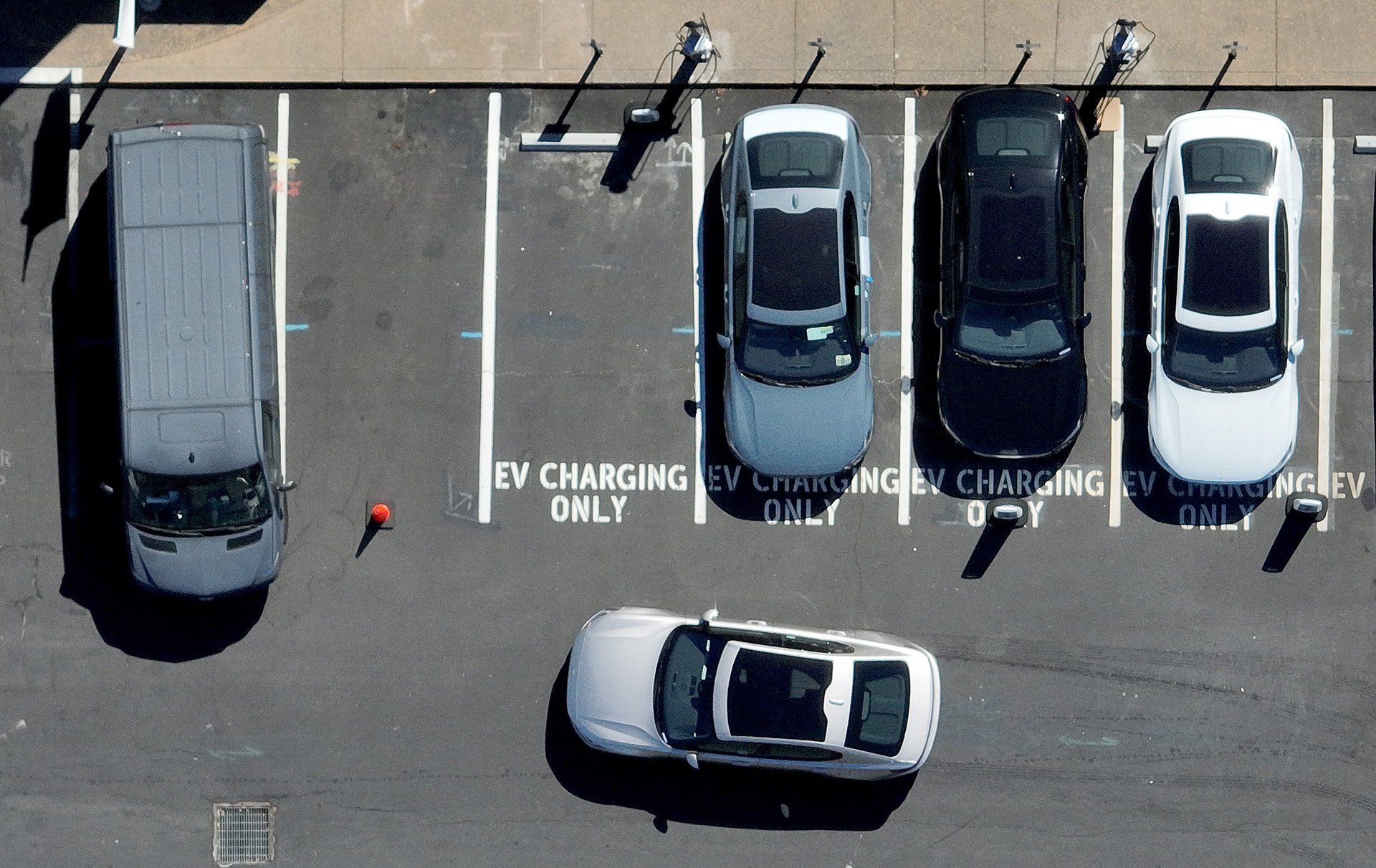Are you a super driver? Here's how much cash you could save by buying an EV
Americans can save thousands of dollars by swapping their gas-powered car for an electric one, a new study found

Although some Americans are still uninterested in buying an electric vehicle because of high sticker prices, a new study found that drivers can save more than $1,200 a year by switching from gas-guzzlers.
Suggested Reading
That’s according to Coltura, a nonprofit organization promoting and advocating for the auto industry’s transition to EVs. The group analyzed average gasoline prices, utility rates, and fuel efficiency during the second quarter of 2024 to determine how much money the average U.S. driver could save by buying an EV.
Related Content
The average consumer — a person who drives about 11,011 miles each year — would save around $1,220 annually by making the switch, thanks to both lowered maintenance costs and fuel prices.
That’s a solid chunk of change back in your wallet. However, the transition would mean much more for what Coltura calls “Gasoline Superusers,” or people who drive around 44,300 miles each year. Those motorists are in the top 10% of gasoline consumers in the U.S.
“The vast majority” of these drivers are people with long commutes or live in rural areas that are required to drive an average of 121 miles per day, according to Coltura co-director Matthew Metz. Many of them spend, on average, 8.4% of their household income on gasoline, although some can pay greater than 30%. A switch to EVs would save these drivers almost $5,000 per year, Coltura found.
However, each state is different, thanks to their individual utility rates and gasoline prices. The best states for savings, of course, are those where electricity rates are cheap and gasoline is expensive.
Consumers who make the switch and live in Washington state are the biggest savers, with superusers reclaiming $7,144 each year and average drivers holding onto $1,775. The following best states to make the switch are Oregon, Nevada, Idaho, and California. Except for the Golden State, each one has some of the U.S.’s lowest electricity rates and sky-high gasoline prices.
On the other hand, several of the states where consumers would save the least from buying an EV are on the east coast. Massachusetts, Rhode Island, Connecticut, and New Hampshire, all rank in the bottom five, with New York and Vermont not far behind. Hawaii is another state where switching to electric doesn’t help as much, primarily because it has the highest gasoline prices and electricity rates in the nation.
Although savings are a definite benefit to buying an electric car, Coltura is also focused on the environmental benefits that come with burning less gasoline each year. Burning gasoline and diesel to transport people and products was the largest source of carbon emissions in the U.S. in 2022, accounting for 35% of overall emissions.
“For us to meet our climate goals and reduce emissions, we’re going to have to move off gasoline very quickly,” Metz said. And households benefit by getting “a more reliable car that will last longer and cost them less money,” he added.
